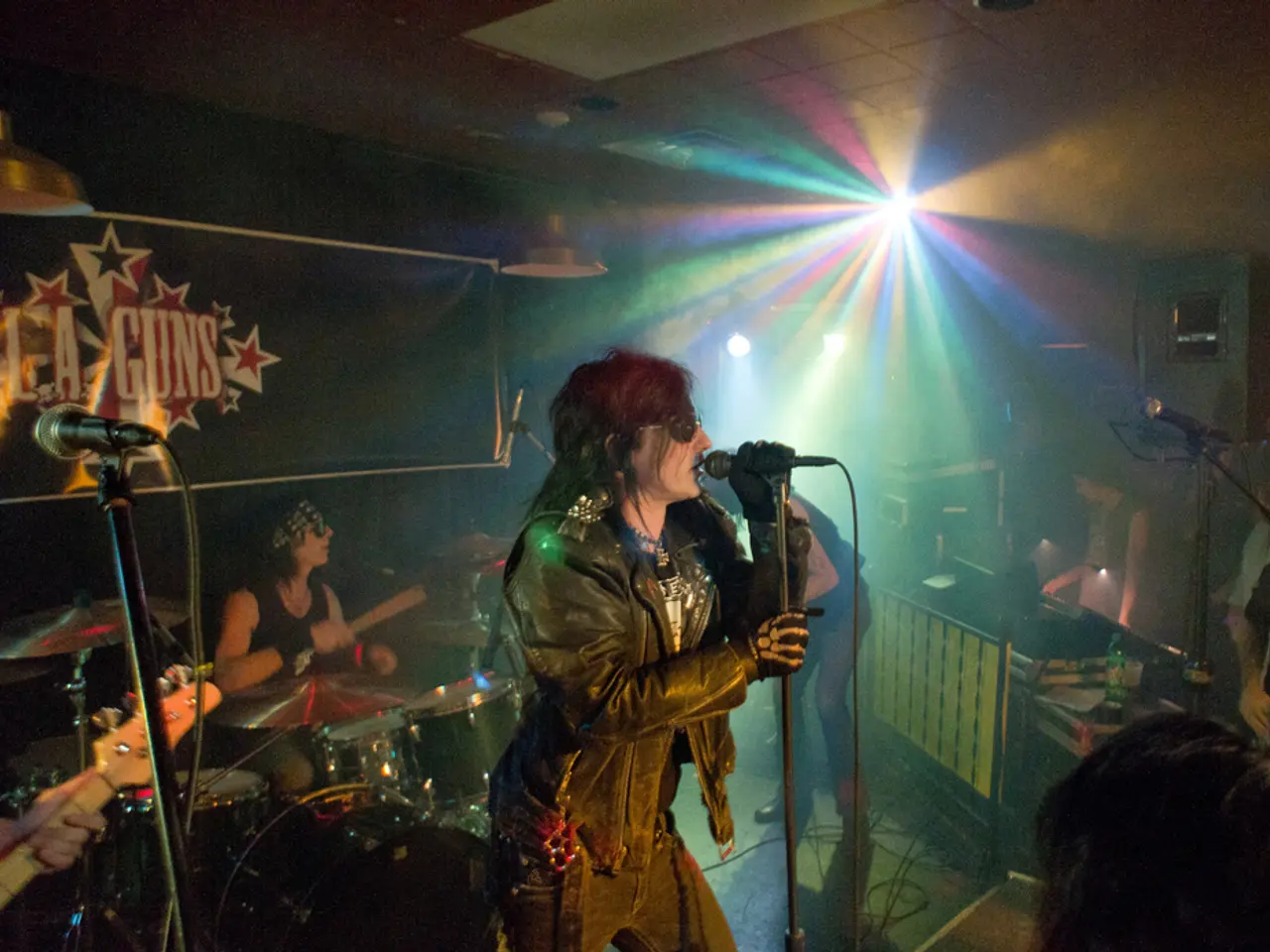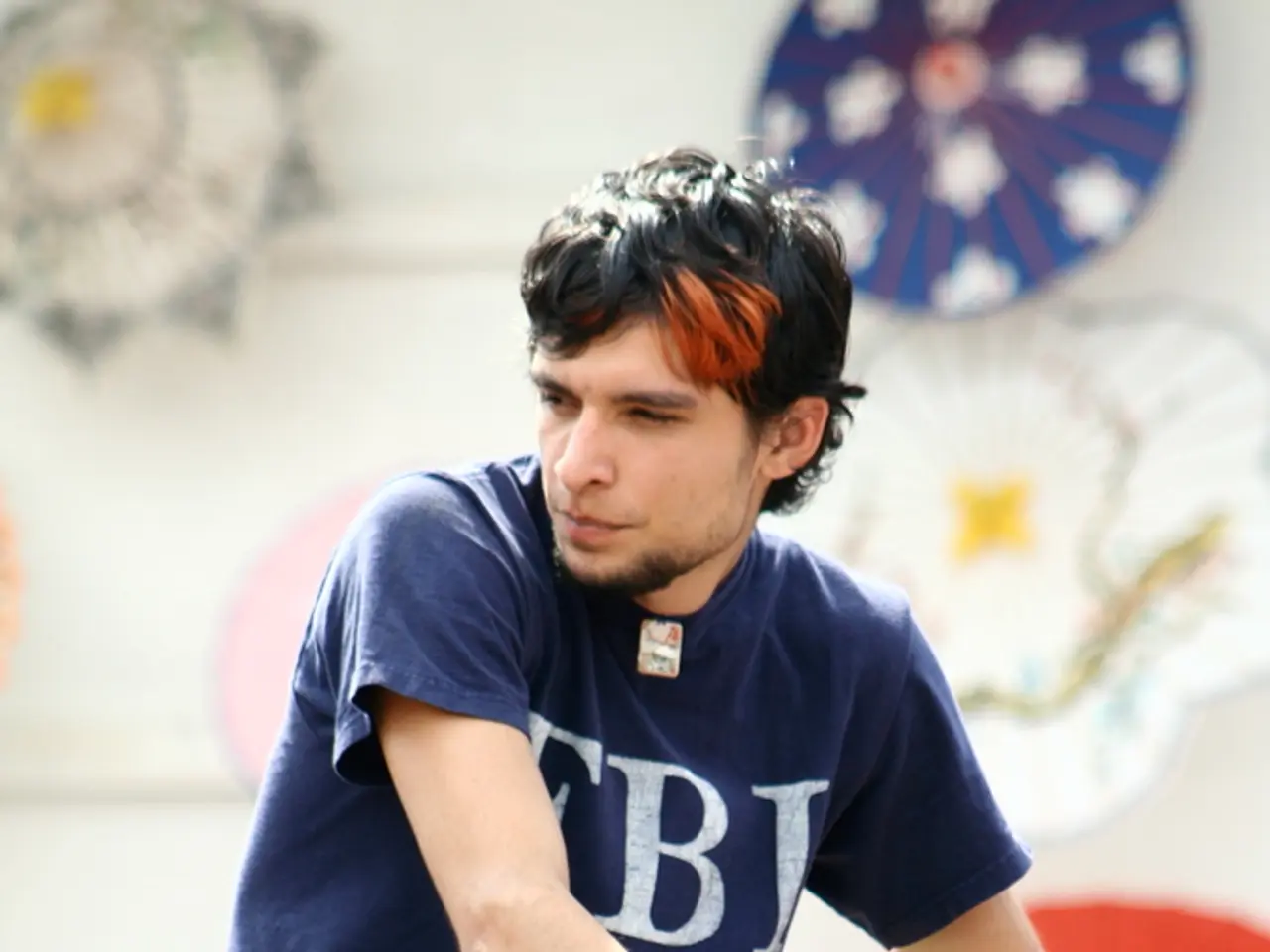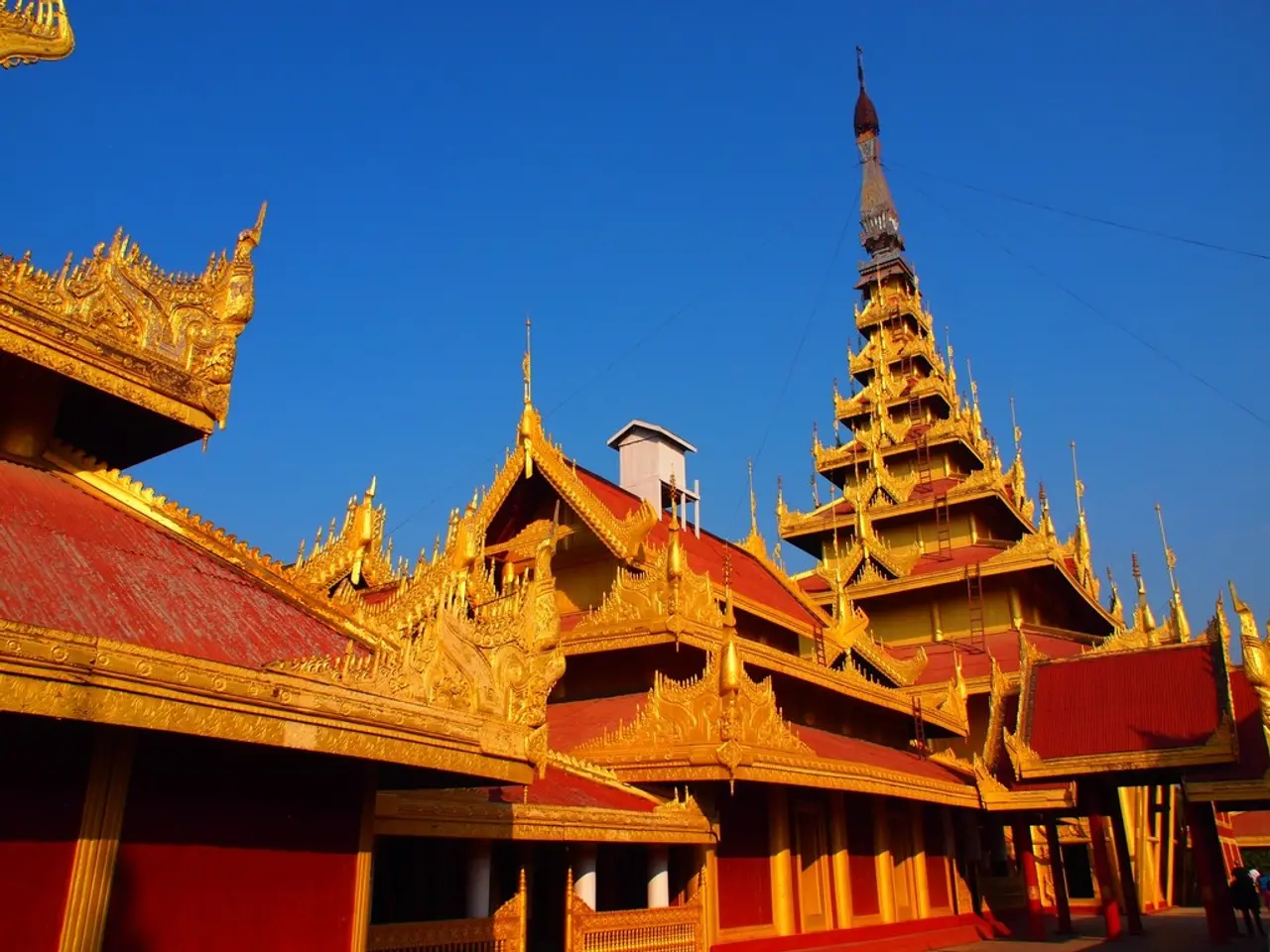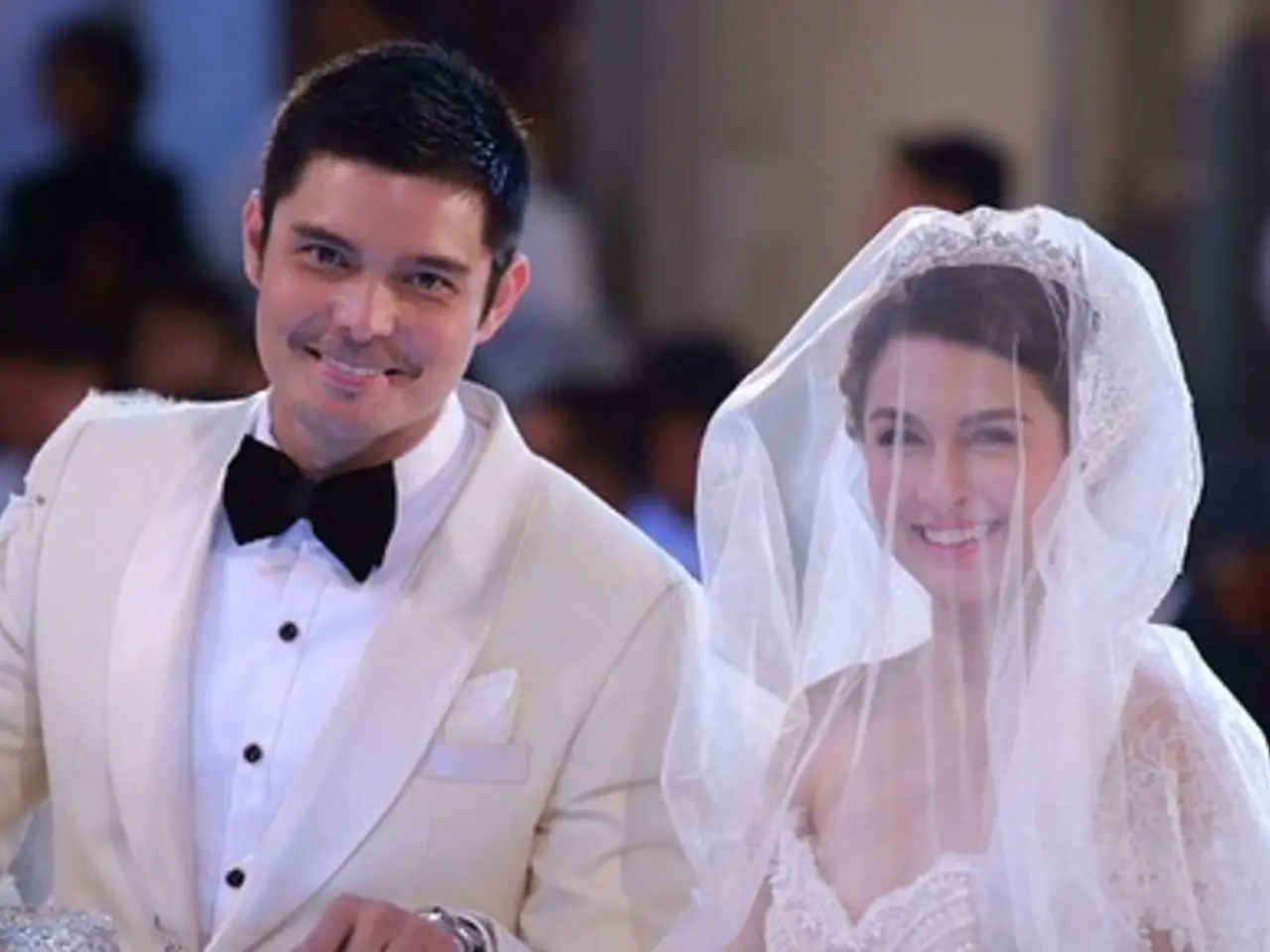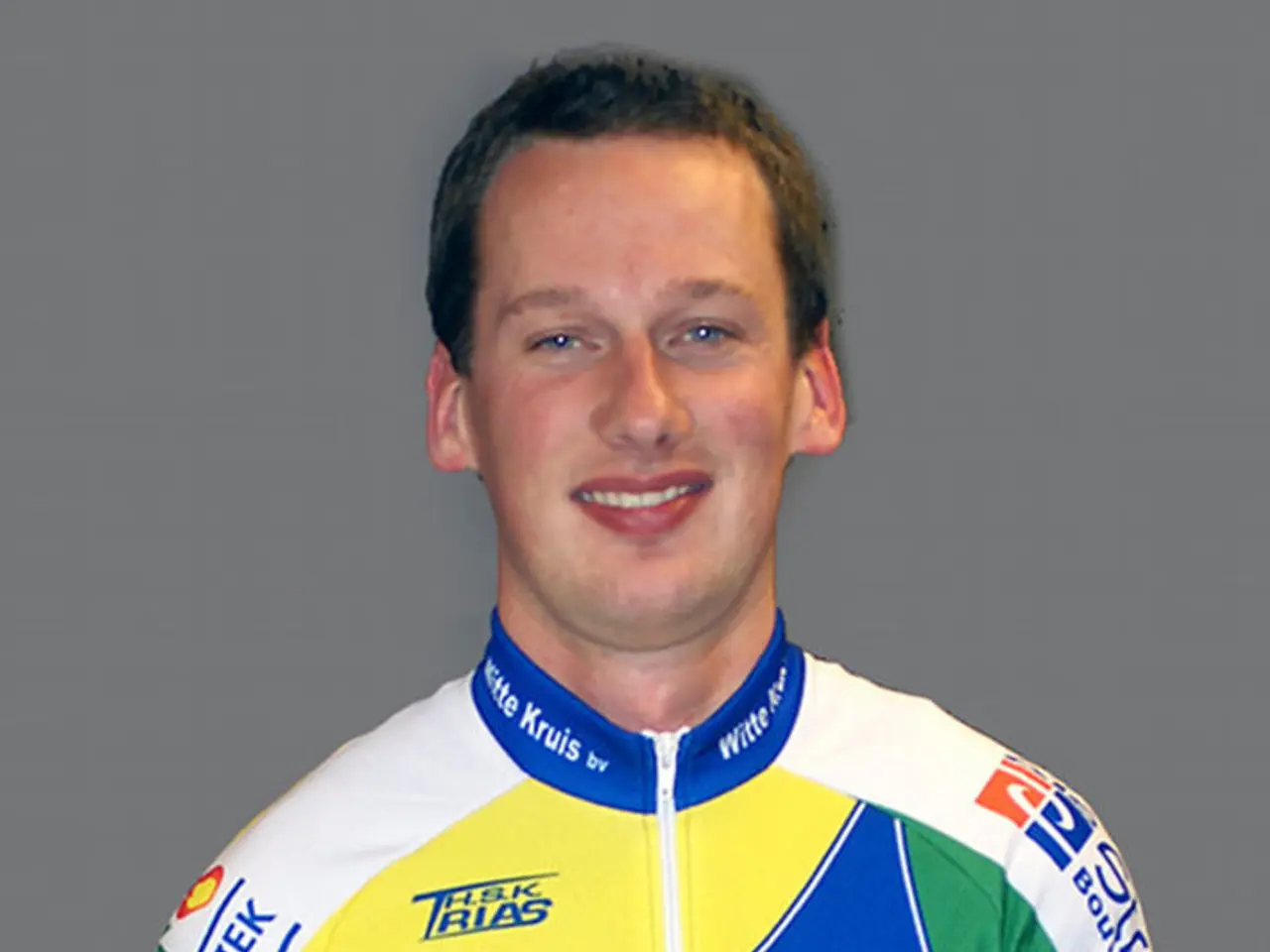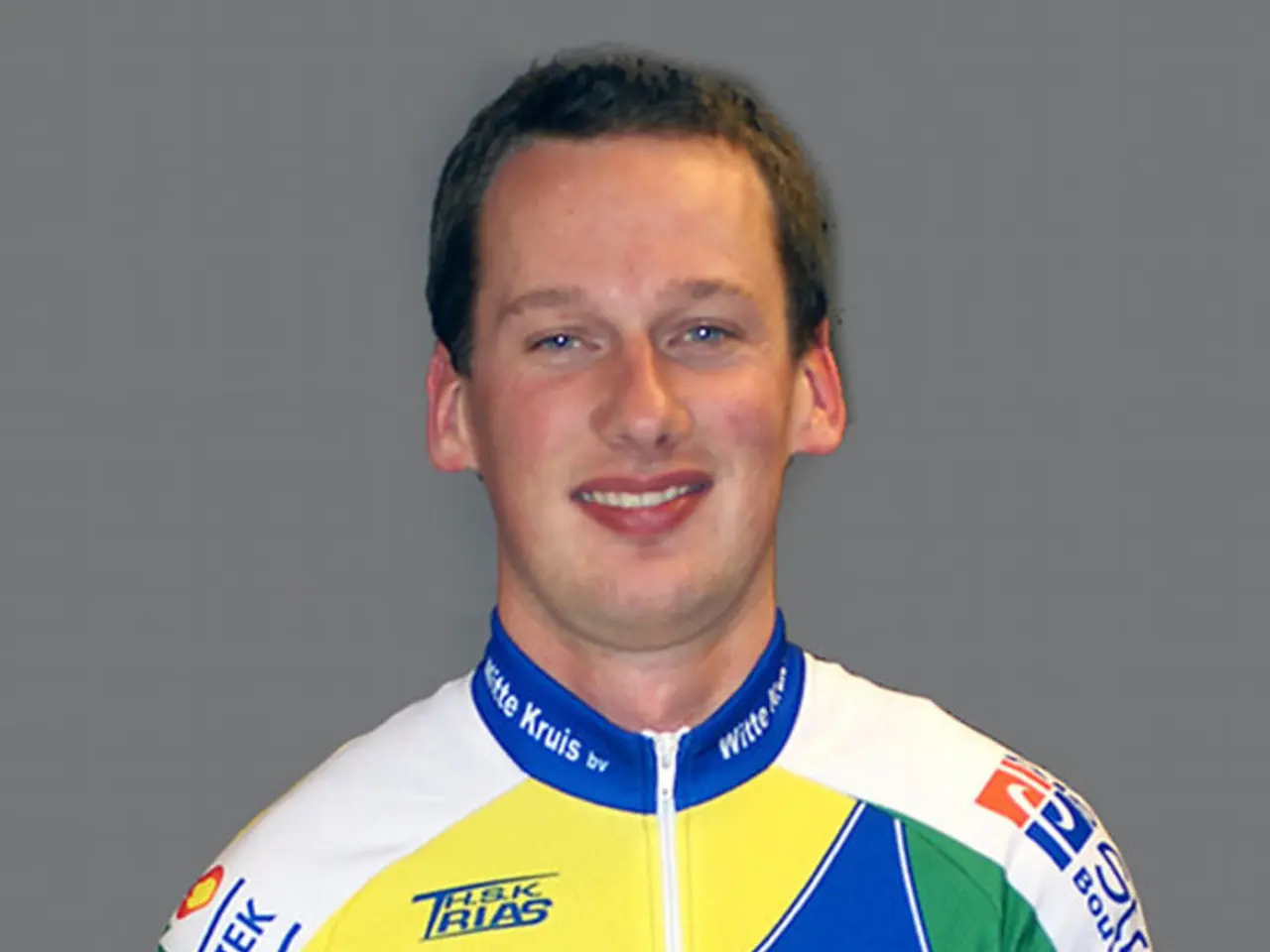Iconic Personalities Resurrected Digitally in Posthumous Revivals
Resurrected Stars: The Impact of Digital Immortality on Entertainment
In recent years, the entertainment industry has witnessed a fascinating trend – the resurrection of deceased celebrities for performances, thanks to advancements in technology such as the Pepper's Ghost technique and computer-generated imagery (CGI).
The Pepper's Ghost technique, a method dating back to the 16th Century, was used to create ghostly apparitions in theatres and haunted attractions. However, in the modern era, it has been employed to bring back stars like Michael Jackson, Tupac Shakur, and John Wayne for various events. Michael Jackson, for instance, performed his new single "Slave to the Rhythm" at the Billboard music awards in 2014, while Tupac Shakur graced the stage at Coachella 2012. John Wayne, on the other hand, appeared in a Coors Light commercial in 2007, using footage from one of his old movies.
CGI, on the other hand, creates fully digital, photorealistic representations that can perform, sing, or even speak. Audrey Hepburn was resurrected using CGI and a body double for a Galaxy Chocolate commercial, and Fred Astaire was digitally resurrected to dance with a vacuum cleaner in a commercial using edited clips from old footage. Tupac Shakur's appearance at Coachella 2012 was also enhanced with CGI.
This technology allows filmmakers and producers to include iconic personalities without new performances, preserving or reviving star power for new projects and audiences. It enables unique storytelling opportunities, such as recreating past eras or generating entirely new content featuring beloved figures.
However, this practice raises ethical questions and alters public perception of the dead by giving them a form of digital immortality that complicates notions of authenticity and consent. Some people feel that using deceased celebrities in this manner is not in good taste because they have no say in how their image is used. Orville Redenbacher's appearance in a 2007 gourmet popcorn commercial was considered unsettling, falling into the uncanny valley.
The debate exists on whether watching digital resurrections of deceased celebrities is significantly different from watching their old performances on platforms like YouTube. Some argue that it is, as these digital recreations blur the lines between reality and digital recreation.
As technology continues to improve, the trend of resurrecting deceased celebrities for performances is expected to grow. This could potentially include more actors, musicians, and historical figures in the future. Elvis Presley, for instance, has made numerous stage appearances after his death in 1977.
In conclusion, the technology used to virtually resurrect deceased celebrities enriches and expands creative expression in entertainment, but it simultaneously provokes debate about respect for the deceased and the psychological effects on audiences who experience these virtual performances. While none of the provided references explicitly detail this impact, it is a recognized trend in film and media industries today.
- The resurrection of celebrities using technology like the Pepper's Ghost technique and CGI has allowed for unique collaborations in pop-culture, such as Michael Jackson's performance of "Slave to the Rhythm" alongside living artists and Tupac Shakur's appearance as a hologram at Coachella, blending entertainment and legend in unexpected ways.
- The use of digital immortality in the entertainment industry to bring back deceased celebrities has raised conversations about ethics and authenticity in pop-culture, as some question the tastefulness of resurrecting stars without their consent and the psychological impact on audiences experiencing these virtual performances, complicating notions of reality and digital recreations.
